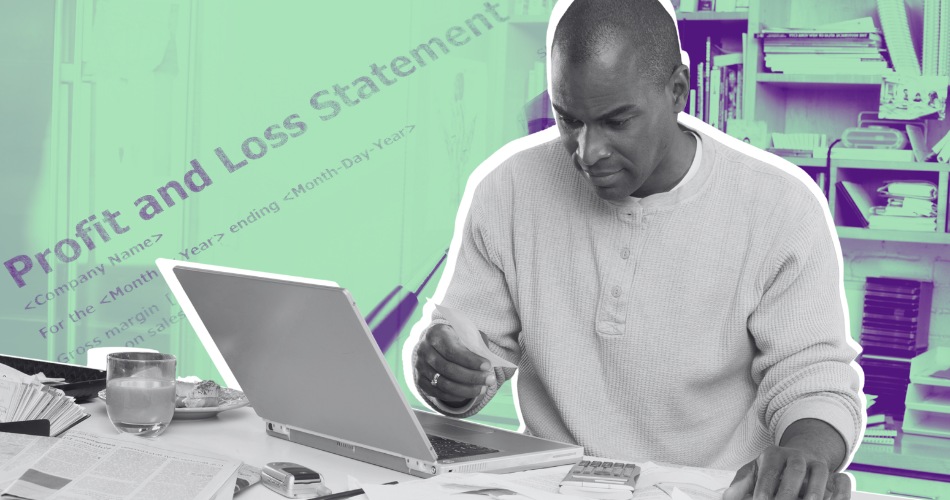
Too many entrepreneurs are learning this the hard way in 2025: your P&L looks strong, but payroll is still bouncing. You’re invoicing like crazy, but the bank account is shrinking. That disconnect between accounting profit and actual cash flow can quietly kill a business that looks healthy on paper.
In today's volatile environment—with rising labor costs, stretched supply chains, and soaring inventory expenses, leaning on your P&L as a health check is risky. Profit is simply the difference between revenue and expenses, not a reflection of timing. Accrual accounting records income when you invoice, not when the money lands in your account. Meanwhile, vendors demand deposits, quarterly taxes aren't optional, and debt servicing continues irrespective of cash position.
The 2025 Cash Squeeze: Why the Gap Is Widening
This profit-cash gap isn’t just old news—it’s getting worse in 2025.
Businesses are struggling under lengthening payment terms—what was “net 30” is increasingly “net 60” or even “net 90” with layered “end-of-month” clauses. That delay may seem minor—until it’s your payroll week and your funds are tied up on someone else’s calendar.
According to the 2025 accounts payable analysis, 55% of U.S. invoices are paid late, and only 36% are on time—typically settling about eight days beyond due QuickBooks. QuickBooks reports that 56% of U.S. small businesses are owed money, and one-third carry more than $20,000 in 30-plus-day overdue invoices. That’s real cash earned, but currently unspendable.
These pressures are driving business owners to short-term financing options, such as credit cards and non-bank lenders. QuickBooks, SCORE, and others note that approximately 82% of small business failures are tied to cash flow issues, not profitability.
Ironically, growth can exacerbate the issue. Hiring ahead of cash, stockpiling inventory, or ramping marketing without aligned collections means you’re effectively financing your own expansion—often off your own personal back. In 2025, that gamble is getting risky fast.
What to Track Instead
When you ask me how to avoid this trap, my answer stays the same: track cash first. Forget revenue, profit, or headcount goals. They don’t pay the bills. Cash does. Here’s how:
Cash on hand is reviewed daily; it tells you exactly how long you can last if things go sideways. Companies often think they’re solvent… until they check the balance.
Accounts receivable aging isn’t just about “what” is owed; it’s about when it'll be paid. Weekly tracking helps identify aging invoices before they fester.
The cash runway indicates how many months you can operate if revenue stops. I calculate it monthly. Current cash divided by monthly burn. Anything less than three months demands action: cost cuts, collections acceleration, or renegotiation.
The cash conversion cycle measures the time between incurring expenses (e.g., on inventory or labor) and receiving cash. A shorter cycle frees up capital; a longer one warns of growing inefficiencies.
13-week rolling cash forecast models upcoming inflows and outflows, and tests scenarios such as client payments falling behind or involuntary expenses. It’s not crystal ball stuff—it’s preparing you for real possibilities.
Profit tells a story; cash tells the truth, and tracking these metrics stops you from managing from hindsight. It puts you in the driver’s seat.
Building for Liquidity, Not Just Profit
Shifting from “growth at all costs” to “cash flow certainty” truly changes everything. You stop chasing vanity metrics and align your business around outcomes that matter.
I recommend:
- Staggering fixed costs. Align software subscriptions, contract labor, and inventory purchases with your cash cycles.
- Incentivizing early payment. Offer small discounts for net‑15 or COD terms instead of over-relying on borrowing.
- Negotiating payables upfront. Vendors appreciate transparency, and relationships built on open communication earn trust and buy leeway.
- Modeling worst-case scenarios. “What happens to cash on day 45 if a client pays 30 days late or if a contract cancels?”
Conclusion
Profit is a signal; cash is sustenance. In 2025’s environment of tighter margins and elongated payment cycles, relying on your P&L is a gamble, and often a costly one. Instead, make cash flow your guiding metric. When every decision is weighted by liquidity impact, you move with confidence and clarity.
Avoid the trap of looking profitable but cash-poor. Measure, forecast, and optimize for what you have, not just what you’ve earned. That’s how you build a business that lasts;not just one that looks good on paper.
Sources





